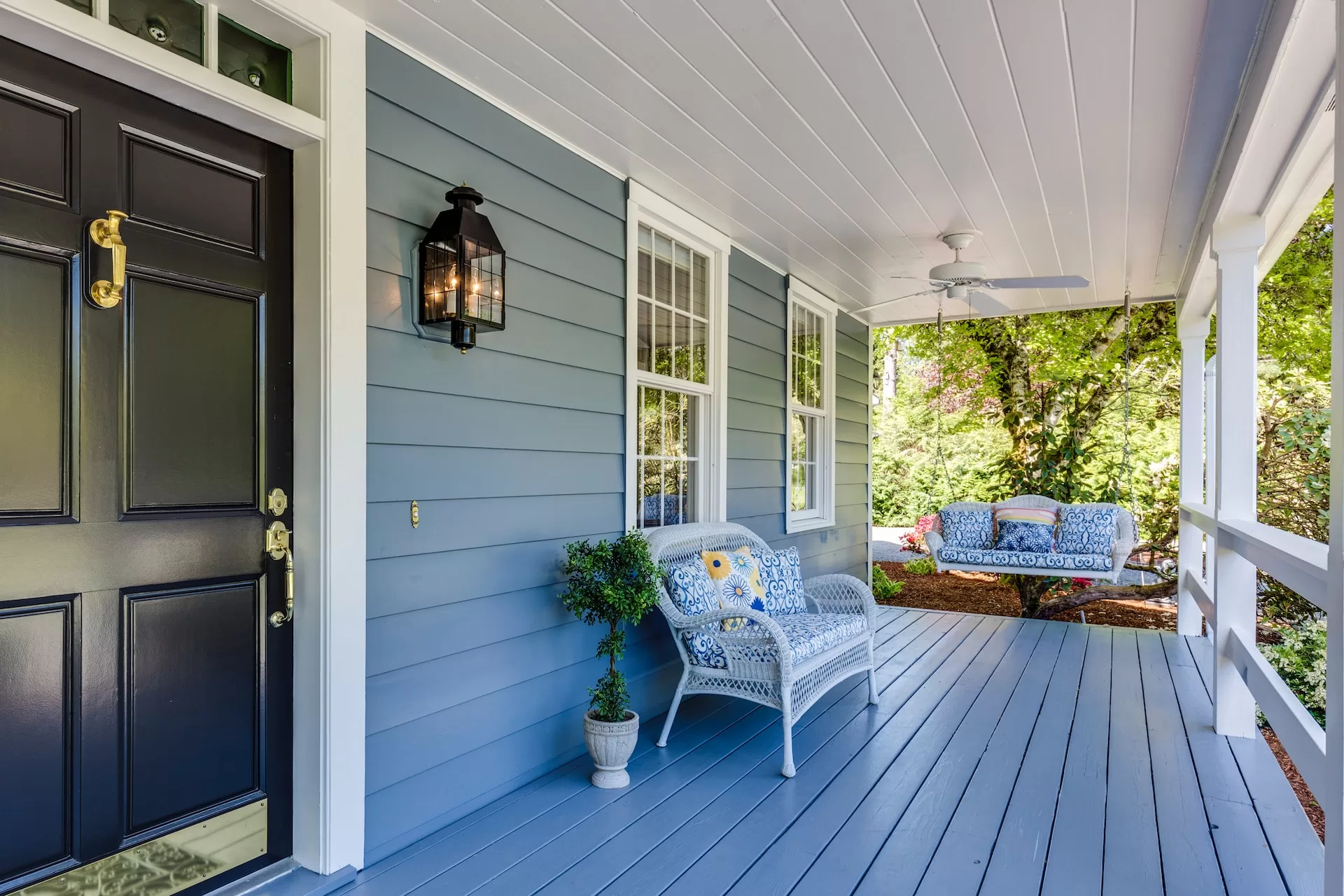Want to explore real estate trends in 2025? This article will hint at what you expect and how to take advantage of new prospects to grow your business.
Four significant real estate trends are expected to affect the market in 2025 and beyond. This report will look at all of them.
People are moving out of big cities and into the suburbs. This has been happening for a while and will continue after 2020.
However, the pandemic was hastened by the COVID-19 virus.
However, in the next 18-24 months, there will be several other noteworthy shifts in the real estate sector.
Let’s explore more!
Key Real Estate Trends in 2025
Real estate is an ever-changing industry, and there are always new trends to keep up with. In 2025, the trends in real estate will be no different. As a business owner or investor, it is vital to stay informed about changes in the market so you can capitalize on economic shifts. This blog post will discuss the recent real estate trends in 2025 and how businesses can use them to grow their portfolios and profits.
- Real Estate Market Goes More Digital
As a result of the pandemic, digitalization has spread rapidly throughout all industries.
The housing market is no different.
The pandemic and the high demand for housing in 2020 led some buyers to make purchases without ever setting foot inside the property.
Virtual capabilities allowed many people to take advantage of a virtual tour of the property, including:
- Stunning Drone-Captured 3D Tours
- In-Visual-Reality Set Design
- Demand for “virtual staging” services, which had been growing before the pandemic, spiked in 2020. However, it is expected to decrease after the pandemic.
During the pandemic, home sellers could use websites like Sakan to view listings, get in touch with agents, and learn about available mortgages. They also used its top-notch browser to find apartments for rent in Kuwait, apartments for rent in Salmiya or apartments for rent in Salwa or cheap apartments in Kuwait.
Some competing services, including Sakan, also offer virtual tours of houses in 3D.
Other parts of the home-buying process are also being moved online, not just the tour. It’s also provided in Sakan by creating a digital contract between all parties to end up all the complicated steps of registration online.
Nowadays, you can even apply for a mortgage online.
Even tech-dependent millennials like to know what’s happening in their new areas, and they’re not just using social media for that.
Websites like Sakan make it easy for locals to maintain relationships with one another and learn about what’s happening in their community.
-
People have Become More Open to Moving to the Suburbs
Cities have seen an influx of people fleeing to the suburbs due to the COVID-19 pandemic. However, the preference for suburban life may continue to grow over the next few years. Need and preference are the two underlying causes of the change.
Those without sufficient resources to remain are leaving. However, the wealthy are moving because they can afford to.
Many people who lost their jobs and can no longer afford to live in a major city are looking to relocate to areas where rents are lower.
Finally, the lower taxes, cheaper housing, and rent prices make the suburbs appealing. Middle neighborhoods appeal to those leaving major cities but still want some of the conveniences and amenities of urban living. Even though single-family homes are the norm in “middle neighborhoods,” these communities still offer many benefits typically associated with urban areas. Now, you can find a variety of housing types, easy access to public transportation, an excellent open space for walking, and outstanding retail and dining options.
Some other real estate trends can be traced back to the migration away from cities and toward the suburbs.
For example, there is a housing shortage while home prices are rising.
-
Increasing Demand for Single-Family Houses
In 2021, real estate agents anticipated home sales would increase by another 10%, reaching a new high not seen since 2006. According to Redfin’s chief economist, searches for single-family homes increased to their highest level in four years that year. Some experts attribute the rise in demand for single-family homes to several factors, most notably:
- Weak interest rates
- Due to isolation, social distance, and telecommuting, the importance of home life is on the rise.
- Pre-pandemic housing market trends were strong.
The second trend of Millennials entering the home-buying phase of their lives adds to the demand for houses brought on by the pandemic.
Suburban expansion is partly driven by young adults searching for starter homes and families.
-
Home Prices Continue to Get Higher
Absolutely, it’s one of the real estate trends in 2025! There is a lot of overlap between each of the current trends.
As a result of rising demand and a shrinking supply, single-family home prices skyrocketed in 2020 and are expected to continue growing through 2025 and beyond. Not long after the pandemic broke out, the housing market experienced a temporary reversal as prices fell and potential sellers reconsidered their stance.
After a couple of months, however, the price increases resumed. In addition, the market strength of the seller was at an all-time high entering 2021. September 2020 saw a median listing price of $350,000 for single-family homes, an 11% increase from September 2019.
The market’s high prices should put buyers on top of the list. Some buyers are prepared to pay significantly more than the asking price to make a purchase. Rising home prices have increased the equity of current homeowners. Equity in a home is the market price minus the mortgage. Thus, a rise in the value of the market results in a rise in the home’s equity.
The average increase in home equity in 2020 was $10,000. This is a 6.6% increase from the previous year.
In short, the real estate trends in 2025 have already begun to shape the new decade. By understanding current market conditions, businesses can capitalize on these trends and use them to their advantage. For example, they can focus on sustainability initiatives, implement innovative technology, and explore new opportunities such as co-living. Additionally, they should be prepared to adapt to potential changes due to the pandemic or other disruptions in the industry.















